Introduction to HTTP Status Codes – Understanding and Using Them in Website Development
- Published on
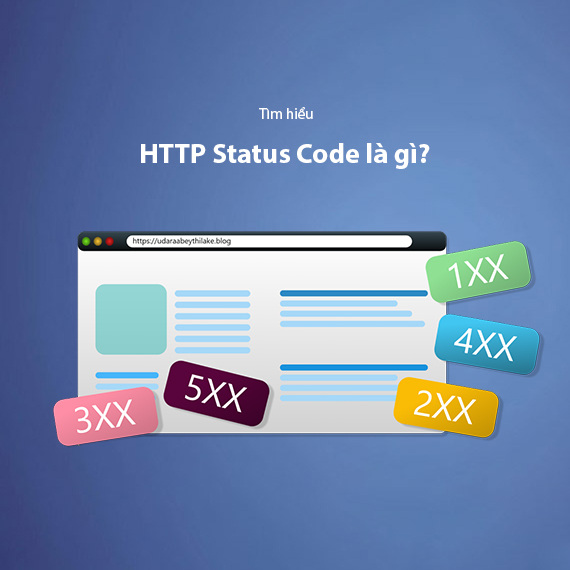
- What Are HTTP Status Codes?
- The Role of HTTP Status Codes
- Communication Between Client and Server
- Error Troubleshooting
- SEO Optimization
- Enhancing User Experience
- Classification of HTTP Status Codes
- 1xx – Informational
- 2xx – Success
- 3xx – Redirection
- 4xx – Client Error
- 5xx – Server Error
- Complete List of HTTP Status Codes
- Key HTTP Status Codes for SEO
- 200 OK
- 301 Moved Permanently
- 302 Found
- 404 Not Found
- 410 Gone
- 500 Internal Server Error
- 503 Service Unavailable
- How to Effectively Manage HTTP Status Codes in SEO
- Conclusion
What Are HTTP Status Codes?
HTTP Status Codes are sets of numerical codes returned by web servers to indicate the status of an HTTP request from the client. When you visit a website, your browser sends a request to the server to retrieve data, such as the webpage content, images, or files. The server then processes this request and responds with a status code, often accompanied by an explanatory message.
HTTP Status Codes serve as a communication tool between the client and the server, helping users and administrators quickly understand the state of a request. These codes are crucial not only for developers but also for website administrators and SEO professionals as they provide critical insights into the performance and health of a website. For example:
A page returning the 200 OK code indicates it is functioning properly, while a 404 Not Found code means the page does not exist.
These codes impact not only how users interact with a website but also how the site performs in SEO and its ranking on search engines. Let's delve deeper into their role and classification in the following sections.
The Role of HTTP Status Codes
HTTP Status Codes are not just technical responses from the server; they play a vital role in various aspects of website operation and management. Below are the key roles of HTTP Status Codes:
Communication Between Client and Server
HTTP Status Codes provide detailed information about the status of an HTTP request. They help clients (e.g., browsers or web crawlers) understand the outcome of their request, such as whether the data was successfully loaded, redirected, or encountered an error.
Error Troubleshooting
Codes like 404 Not Found or 500 Internal Server Error help administrators identify and resolve issues promptly. When an error code is returned, it provides the necessary information to determine the cause, thereby improving website performance and user experience.
SEO Optimization
In SEO, HTTP Status Codes directly affect how search engines crawl and evaluate a website. For instance:
- 301 Moved Permanently: Preserves SEO value when URLs are changed by redirecting traffic correctly.
- 404 Not Found: Too many pages returning this code can negatively affect a website’s ranking.
- 500 Internal Server Error: This code indicates server issues that can harm user experience and impede search engine crawling.
Enhancing User Experience
Proper management of HTTP Status Codes reduces visible errors on a website. A page returning an appropriate status code (e.g., 200 OK or 301 Redirect) ensures smooth navigation and avoids confusion caused by errors like 404 Not Found.
Example: When deleting an article, using the 410 Gone status code informs users and search engines that the content has been permanently removed.
With such diverse and significant roles, HTTP Status Codes are not merely part of the HTTP protocol but also powerful tools for developers, administrators, and SEO specialists to optimize websites.
Classification of HTTP Status Codes
HTTP Status Codes are divided into five main categories, each reflecting a specific type of response during the processing of an HTTP request. Below are the details of each category:
1xx – Informational
This category indicates that the request has been received and is being processed. These codes are typically not displayed to users and are used to maintain communication between the client and server.
- 100 Continue: The server has received the initial part of the request, and the client should continue sending the remainder.
- 101 Switching Protocols: The server agrees to switch to a different protocol as requested by the client.
2xx – Success
These status codes indicate that the request was successfully processed.
- 200 OK: The request was successful, and the server has returned the requested data.
- 201 Created: A new resource has been created, often encountered when submitting data to the server, such as via an API.
- 204 No Content: The request was successful, but no content is returned.
3xx – Redirection
This category indicates that additional action is required to complete the request, often involving redirection to another URL.
- 301 Moved Permanently: The requested URL has been permanently moved to a new location, essential for SEO to maintain ranking.
- 302 Found: Temporary redirection, commonly used when the original URL will be restored later.
- 304 Not Modified: The server indicates that the resource has not changed since the last request, enabling caching to save bandwidth and speed up page loading.
4xx – Client Error
These codes indicate errors caused by the client, such as malformed syntax or invalid access to resources.
- 400 Bad Request: The request is invalid and cannot be processed by the server.
- 401 Unauthorized: Access is denied due to missing or invalid authentication.
- 403 Forbidden: The server refuses to process the request even if it is valid.
- 404 Not Found: The requested resource does not exist. This is a common error that requires careful monitoring.
5xx – Server Error
This category indicates that the server failed to fulfill a valid request due to internal issues or technical problems.
- 500 Internal Server Error: An undefined error occurred on the server.
- 502 Bad Gateway: A proxy server received an invalid response from the upstream server.
- 503 Service Unavailable: The server is temporarily unable to process the request, often due to overload or maintenance.
Each category has its unique significance, playing a crucial role in ensuring HTTP requests are processed correctly and providing suitable feedback for both users and search engines.
Complete List of HTTP Status Codes
HTTP Status Codes encompass a wide range of response codes designed to communicate the processing status of requests between clients and servers. Each code not only conveys concise information but also suggests possible actions (if necessary). Below is the most detailed and comprehensive list of commonly used HTTP Status Codes.
| Status Code | Category | Description |
|---|---|---|
| 1xx – Informational | ||
| 100 | Continue | The server has received the initial part of the request and the client can continue sending the remainder. |
| 101 | Switching Protocols | The server agrees to switch to a different protocol as requested by the client. |
| 102 | Processing | The request is being processed, but there is no final response yet. |
| 103 | Early Hints | Provides early response headers before the final response is ready. |
| 2xx – Success | ||
| 200 | OK | The request has been successfully processed, and the appropriate content is returned. |
| 201 | Created | The request has been fulfilled, and a new resource has been created. |
| 202 | Accepted | The request has been accepted for processing, but the processing is not complete. |
| 204 | No Content | The request was successful, but no content is returned. |
| 206 | Partial Content | The server is returning only a portion of the requested content, often used for file downloads. |
| 3xx – Redirection | ||
| 301 | Moved Permanently | The resource has been permanently moved to a new URL. |
| 302 | Found | The resource is temporarily redirected to another URL. |
| 304 | Not Modified | The resource has not been modified since the last request, allowing cached content to be used. |
| 307 | Temporary Redirect | A temporary redirect, requiring the original HTTP method for the subsequent request. |
| 308 | Permanent Redirect | A permanent redirect, ensuring the same HTTP method is used for the redirected request. |
| 4xx – Client Error | ||
| 400 | Bad Request | The request is invalid due to malformed syntax or incorrect data. |
| 401 | Unauthorized | The request requires authentication to access the resource. |
| 403 | Forbidden | The server refuses to fulfill the request even though it is valid. |
| 404 | Not Found | The requested resource was not found on the server. |
| 429 | Too Many Requests | The client has sent too many requests in a short period. |
| 5xx – Server Error | ||
| 500 | Internal Server Error | A generic error occurred on the server, preventing the request from being processed. |
| 502 | Bad Gateway | An intermediary server received an invalid response from the upstream server. |
| 503 | Service Unavailable | The server cannot process the request due to overload or maintenance. |
| 504 | Gateway Timeout | The server did not receive a timely response from another server. |
| 505 | HTTP Version Not Supported | The HTTP version used in the request is not supported by the server. |
Key HTTP Status Codes for SEO
Understanding and correctly handling HTTP Status Codes is essential for improving website performance and user experience in the context of SEO. Here are the most important codes to focus on:
200 OK
- Meaning: The ideal status code for key pages on your website. It indicates the request was successfully processed and the content was fully delivered.
- SEO Impact: Search engines like Google can easily crawl and index content when they receive this status code.
301 Moved Permanently
- Meaning: Used to permanently redirect one URL to another. All traffic and SEO value from the old URL are passed to the new one.
- SEO Impact: Essential for maintaining rankings when changing URL structures or domains.
Example: Redirecting "http://example.com" to "https://example.com" for better security and SEO.
302 Found
- Meaning: Temporarily redirects a URL to another. Unlike 301, this does not pass SEO value to the new URL.
- SEO Impact: Should only be used in temporary cases like promotions or testing URLs.
404 Not Found
- Meaning: Indicates that the requested resource does not exist on the server. This is the most common error on websites.
- SEO Impact: 404 errors can negatively affect user experience and search engine crawling. To minimize impact:
- Create a custom 404 page to guide users back to the main content.
- Regularly monitor and fix broken URLs using tools like Google Search Console.
410 Gone
- Meaning: Indicates that the resource has been permanently removed with no replacement URL.
- SEO Impact: Use this code to clearly inform search engines that the content no longer exists, preventing crawlers from revisiting the URL.
500 Internal Server Error
- Meaning: The server encountered an unknown error and could not complete the request.
- SEO Impact: Frequent occurrences of this error can lead to lower search engine rankings. Address immediately to avoid harming website performance.
503 Service Unavailable
- Meaning: The server cannot process the request due to overload or maintenance.
- SEO Impact: Use this code during maintenance to inform crawlers to return after a specified time instead of flagging the website as broken.
How to Effectively Manage HTTP Status Codes in SEO
- Monitor HTTP errors regularly: Use tools like Google Search Console to detect errors such as 404, 500 and fix them promptly.
- Use redirects appropriately: Apply 301 Redirects for URLs that have changed or been deleted to maintain SEO value.
- Optimize server speed and stability: Avoid server errors like 503 or 500, which can negatively affect user experience and the crawling process of bots.
Mastering HTTP status codes not only helps improve website performance but also ensures you are optimizing effectively for both SEO and user experience.
Conclusion
HTTP Status Codes are critical to maintaining website performance, enhancing user experience, and optimizing SEO rankings. Understanding the meaning of each status code enables effective technical problem-solving and ensures the website remains user- and search engine-friendly.
Codes like 200 OK, 301 Moved Permanently, and 404 Not Found are fundamental and must be carefully managed to avoid traffic loss and diminished SEO effectiveness. Additionally, severe errors like 500 Internal Server Error or 503 Service Unavailable should be promptly addressed to maintain the website's reliability.
By regularly monitoring and optimizing HTTP Status Codes using tools like Google Search Console or other monitoring systems, you can build a robust, stable website ready to meet the needs of users and search engine bots. Implementing strategies like 301 redirects, server optimization, and fixing broken links ensures peak performance and maximum SEO benefits.
Make HTTP Status Codes a core part of your website development strategy, and you’ll reap the benefits in terms of operational efficiency, SEO, and user satisfaction.
Latest Posts

Lesson 26. How to Use break, continue, and return in Java | Learn Java Basics
A guide on how to use break, continue, and return statements in Java to control loops and program execution flow effectively.

Lesson 25. The do-while Loop in Java | Learn Basic Java
A detailed guide on the do-while loop in Java, including syntax, usage, examples, and comparison with the while loop.

Lesson 24. How to Convert Decimal to Binary in Java | Learn Basic Java
A guide on how to convert numbers from the decimal system to the binary system in Java using different methods, with illustrative examples.

Lesson 23. How to Use the While Loop in Java | Learn Java Basics
Learn how to use the while loop in Java with syntax, real-world examples, and practical applications in Java programming.
Related Posts
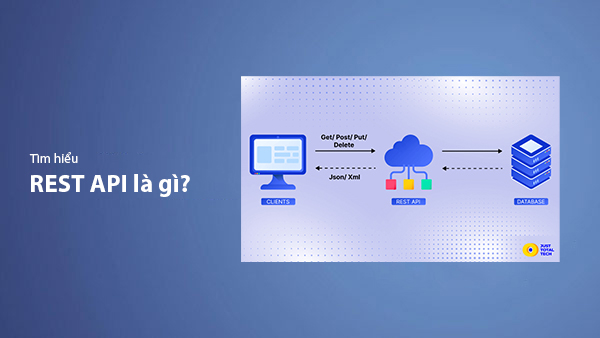
What is REST API? Complete A-Z Knowledge About REST API
REST API is one of the essential concepts that every backend developer needs to fully understand. This article provides comprehensive knowledge about REST API, including its definition, principles of operation, and how to build a standard RESTful API.
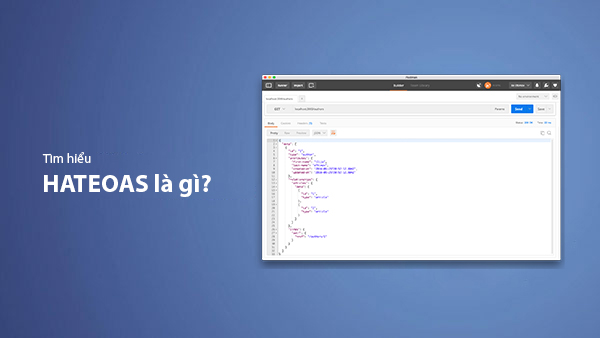
What is HATEOAS? How to Build APIs Using HATEOAS
Learn about HATEOAS, an important concept in API development, and how to build APIs using HATEOAS to improve interactivity and scalability.
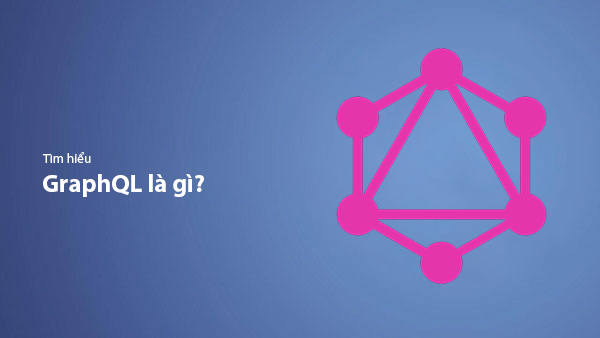
What Is GraphQL? The Advantages of GraphQL Over REST API
Explore GraphQL, a modern API technology, and why it outperforms REST API in many web development scenarios.
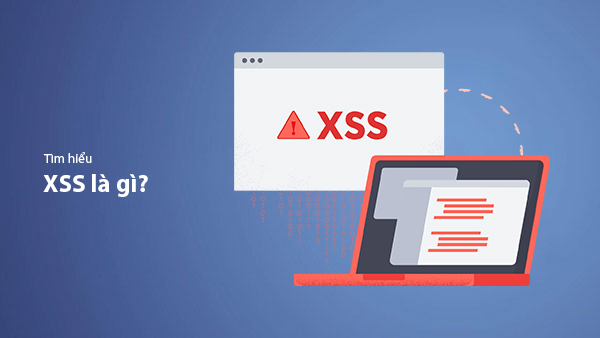
What is XSS? Signs of Detection and Effective Prevention Methods
Learn about XSS, signs of detection, and effective prevention methods for XSS attacks in websites.

